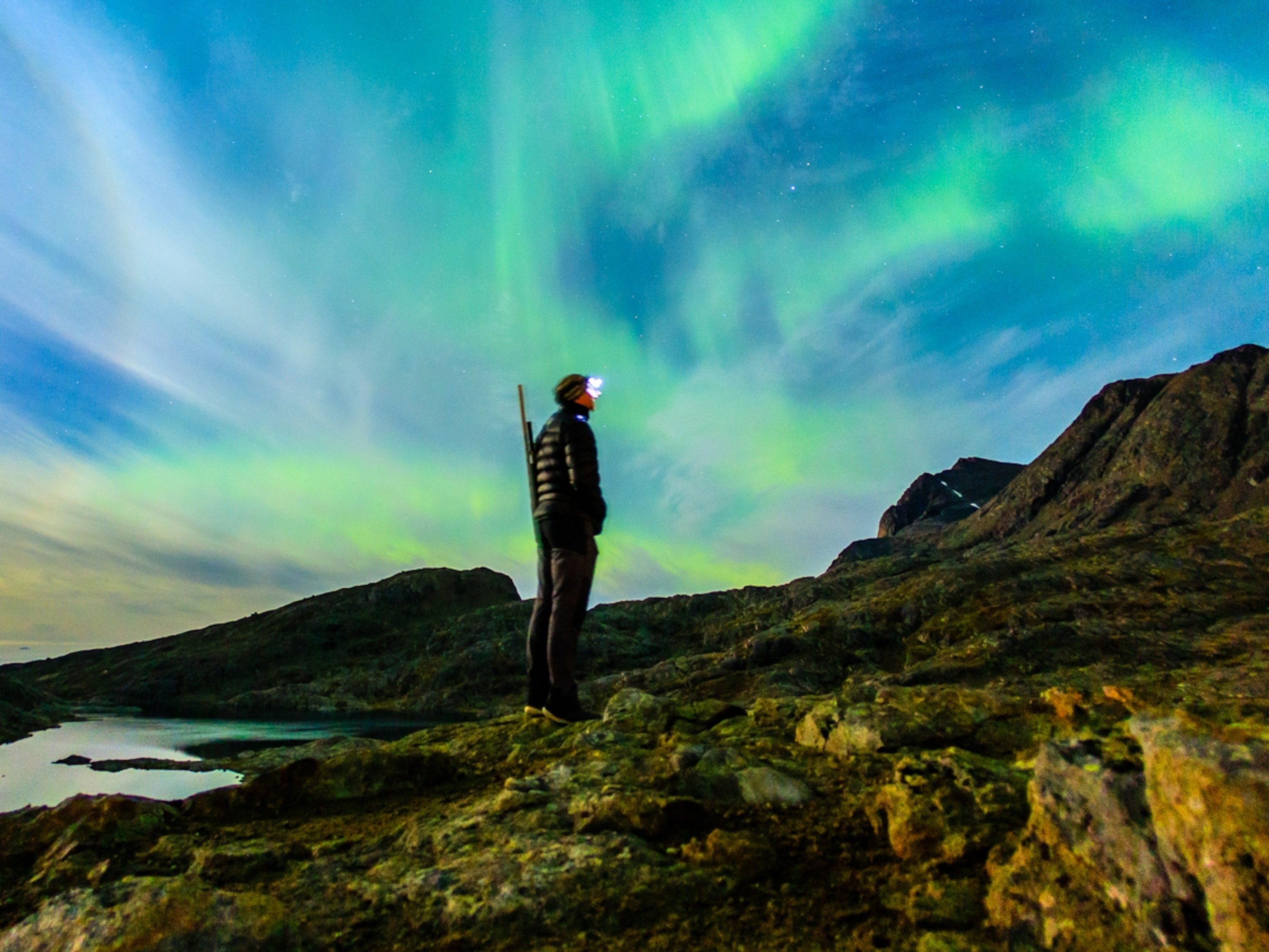The contemporary holiday of Halloween, with its costumes, candy, and spooky charm, traces its spiritual and ritualistic roots back over two thousand years to the ancient Celtic festival of Samhain (pronounced Sow-in). Celebrated in Ireland and Scotland, Samhain marked the most important juncture of the Celtic year: the end of the harvest season and the beginning of the dark, cold winter. It was considered a liminal time—a sacred threshold when the veil between the world of the living and the Otherworld, where spirits and gods resided, grew thin. This belief system established the core traditions of honoring the dead, wearing disguises to ward off malevolent spirits, and lighting purifying bonfires, all of which were later absorbed, adapted, and eventually secularized into the global phenomenon known as Halloween.
Samhain: Marking the Celtic New Year and the Dark Half
For the ancient Gaelic peoples, the year was divided into two distinct halves: the light half (summer) and the dark half (winter). Samhain, observed from the evening of October 31st into November 1st, marked the transition from one to the other, effectively functioning as the Celtic New Year’s Eve. It was the final gathering before the harsh winter, a time to bring livestock in from the fields, store the last of the harvest, and prepare for the scarcity of the cold months.
This time was considered suspended—a moment that belonged neither to the old year nor the new—which made the natural boundary between this world and the supernatural world dissolve. Celts believed that the souls of those who had died during the year traveled to the Otherworld on this night, and along with them, supernatural beings, fairies (Aos Sí), and the ghosts of ancestors roamed the earth.
To navigate this powerful spiritual influx, communities engaged in communal rituals. They built enormous bonfires on hilltops, which were essential for purification, protection, and guiding the souls of the departed. All household hearths were extinguished and then relit from the single communal blaze, symbolizing the unity and renewal of the community as they entered the darkest part of the year.
Appeasing the Spirits: The Origins of Costumes and Offerings
The belief that the veil between worlds was at its thinnest led to the development of ritualistic practices designed to both honor ancestors and protect the living from malevolent or vengeful spirits. Two major Halloween traditions find their direct pagan origin here: costumes and offerings.
To avoid harm from wandering ghosts or demons, people began to wear costumes and masks, often fashioned from animal skins or simple disguises. The purpose was to confuse or mimic the harmful spirits, allowing the wearer to move undetected among the supernatural wanderers. This practical defense mechanism against the unknown is the direct forerunner of modern costume-wearing.
Furthermore, food and drink were left outside homes as offerings to appease the powerful supernatural beings and ensure they did not cause mischief. This ancient custom of leaving sustenance for spirits and the Aos Sí would later evolve dramatically through Christian practice. In medieval Europe, the custom of souling emerged, where poor people would visit houses and receive “soul cakes” in exchange for offering prayers for the household’s deceased—an act that eventually transformed into the modern practice of trick-or-treating.
Christian Assimilation: The Birth of All Hallows’ Eve
The final piece of the puzzle that created modern Halloween was the deliberate assimilation of Pagan festivals by the Catholic Church. As Christianity spread through Europe, instead of suppressing Samhain outright, the Church overlaid it with new religious holidays.

In the 8th and 9th centuries, the Church established All Saints’ Day (November 1st) to honor saints and martyrs, and later, All Souls’ Day (November 2nd) to commemorate all the faithful departed. It is believed that the November 1st date was strategically chosen to Christianize the existing Samhain observances. The night before All Saints’ Day thus became known as All Hallows’ Eve (the evening before All Hallows’ Day), which was eventually contracted to “Halloween.”
While the meaning of the traditions shifted—the focus moved from appeasing Pagan spirits to praying for the souls of the Christian dead—many of the core customs persisted. Bonfires continued to be lit, people still gathered, and the connection to the deceased remained the central theme, ensuring that the ancient Celtic heritage was preserved, albeit in a highly modified form.
Global Spread and Modern Commercialization
The modern Halloween, complete with its pumpkins and commercial trappings, was largely cemented and globalized through the mass immigration of Irish and Scottish settlers to North America in the 19th century. They brought their cherished folk customs—including the tradition of dressing up and fortune-telling games—to the New World.

Once in North America, the customs adapted to local resources. For instance, the original tradition of carving frightening faces into turnips or potatoes to ward off spirits was replaced by the use of the abundant American pumpkin, leading to the Jack-o’-Lantern tradition we recognize today. The practice of souling and general mischief eventually coalesced into the single phrase, “trick or treat.”
Today, the holiday is a billion-dollar commercial event characterized primarily by fun, parties, and secular spookiness. However, modern Pagans, including Wiccans and Druids, continue to celebrate Samhain as a serious spiritual holiday focused on divination, ancestor veneration, and the solemn acknowledgment of the year’s darker half, working to reclaim the sacred soul of the festival beneath the commercial facade.




